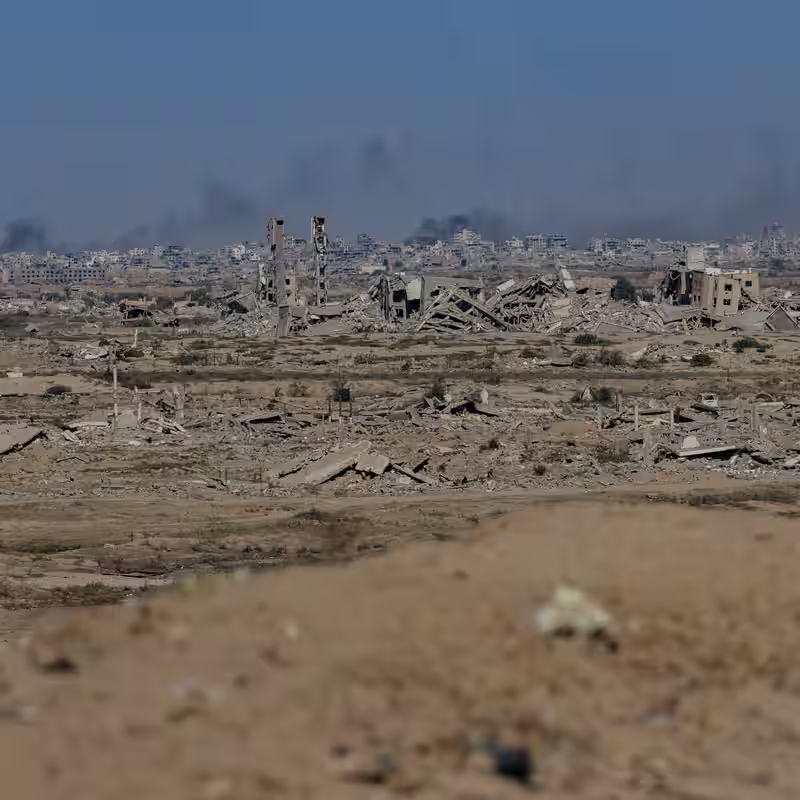In a late-night announcement that sent shockwaves from Tel Aviv to Washington, President Donald Trump declared that Israel and Hamas have agreed to the first phase of his 20-point peace plan—a potential turning point in the two-year Gaza war. But while both sides confirmed a deal, critical details remain frustratingly vague, leaving analysts and families of hostages alike asking: what exactly was agreed to?
What We Know About the Israel-Hamas Deal
According to President Trump, the initial phase includes:
- All ~20 living Israeli hostages in Gaza will be released at once—possibly as early as Sunday.
- The remains of up to 28 deceased hostages will be returned in stages.
- Israel will pull back its troops to an “agreed-upon line” inside Gaza.
- Aid will begin flowing into the besieged enclave.
Prime Minister Benjamin Netanyahu confirmed the breakthrough in a statement Wednesday night, calling it a “critical turning point” and a “national and moral victory.” He said he would convene his security cabinet on Thursday to formally approve the agreement.
Hamas, for its part, issued a brief statement saying the deal “will lead to the end of the war in Gaza and Israel’s withdrawal from the territory.” But notably, it made no mention of disarming—a core Israeli demand and a major historical sticking point.
The Ghost of the Qatari Airstrike
The sudden breakthrough didn’t happen in a vacuum. It followed a dramatic chain of events that began on September 9, when Israel bombed a residential neighborhood in Doha, Qatar—home to senior Hamas negotiators.
Though no one was killed, the strike enraged U.S. allies and embarrassed the Trump administration. “Unilaterally bombing inside Qatar, a Sovereign Nation and close Ally of the United States… does not advance Israel or America’s goals,” Trump posted at the time.
That diplomatic crisis became the catalyst for intense pressure on Netanyahu. By late September, Trump unveiled his 20-point plan at the White House—with Netanyahu standing beside him—and began leaning hard on both sides.
Trump’s Ultimatum—and Hamas’s Surprise Response
On Friday, October 4, Trump issued a blunt warning: “Many more of your fighters will be killed if you don’t agree by Sunday.”
Hamas responded the same day—not with defiance, but with conditional acceptance. It agreed in principle to release all hostages, living and dead, but requested negotiations on implementation details.
That small opening was enough. High-level talks resumed in Sharm el-Sheikh, Egypt, with U.S. envoy Steve Witkoff, Jared Kushner, Qatar’s prime minister, and Israeli adviser Ron Dermer all present.
Table: What’s Confirmed vs. What’s Missing in the Deal
| Confirmed | Unanswered |
|---|---|
| ~20 living hostages to be released | Will Hamas actually disarm? |
| Israeli troop pullback (in principle) | Exact withdrawal line? |
| Aid to enter Gaza | Who will govern post-war Gaza? |
| Prisoner exchange framework | Timeline for full implementation? |
Families Hold Their Breath
For families of the remaining hostages, the news sparked tears—but also caution. “I am faithful that I will be able to see my brother’s smiling face,” said Pushpa Joshi, whose brother Bipin, a Nepali student, was taken on October 7, 2023.
The Hostages and Missing Families Forum warned: “Any delay could exact a heavy toll on the hostages and soldiers.”
What Comes Next?
Netanyahu’s cabinet must now ratify the deal. If approved, the first hostages could be released within days. But long-term peace hinges on questions Trump himself avoided in his celebratory Fox News interview—like whether Hamas will retain weapons or political power.
For now, the world watches and waits. Because in a conflict where hope has been scarce, even a fragile deal feels like a miracle.




